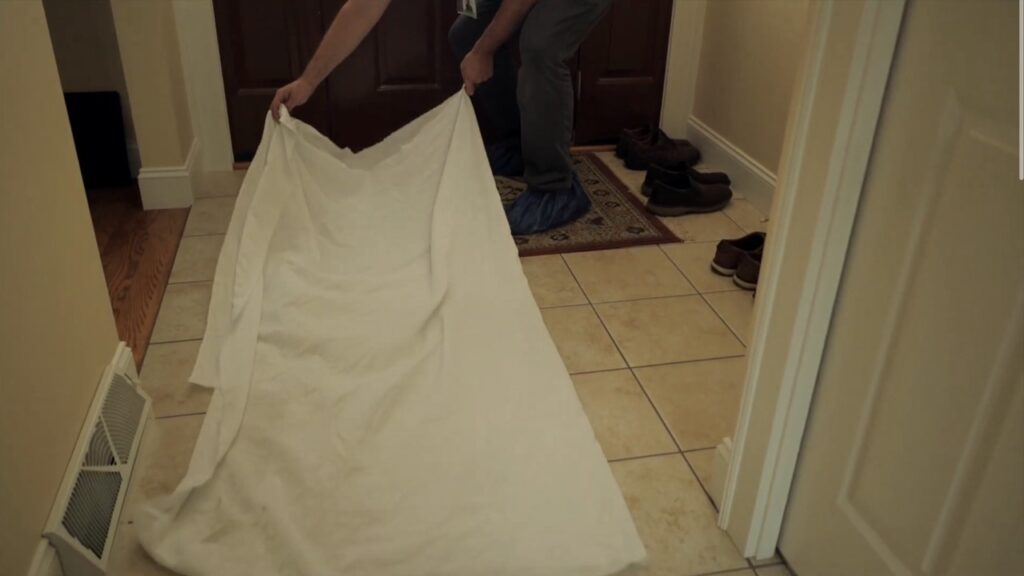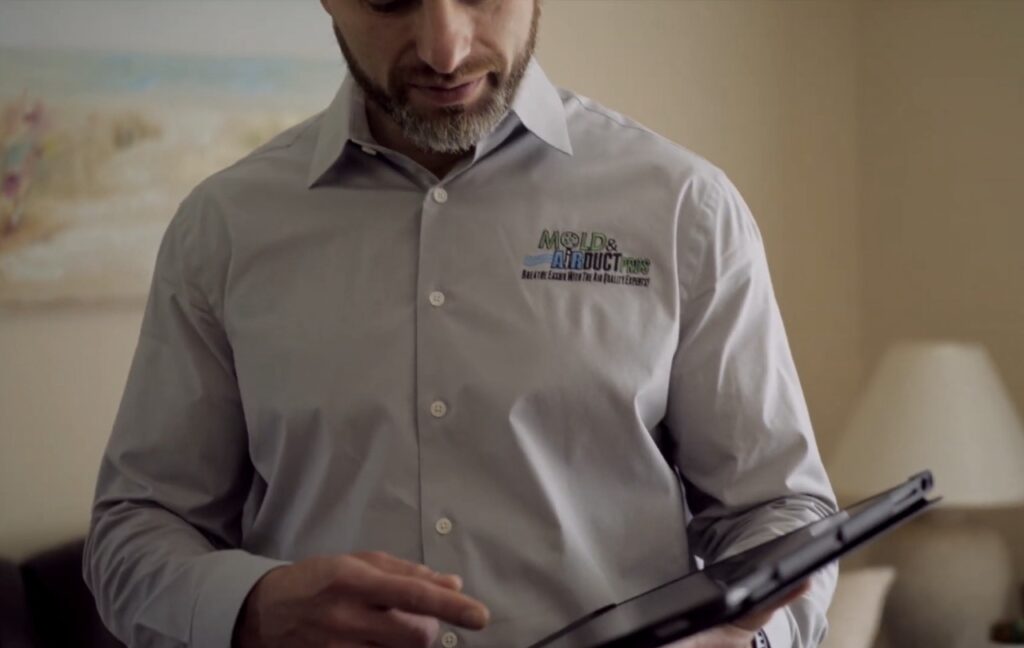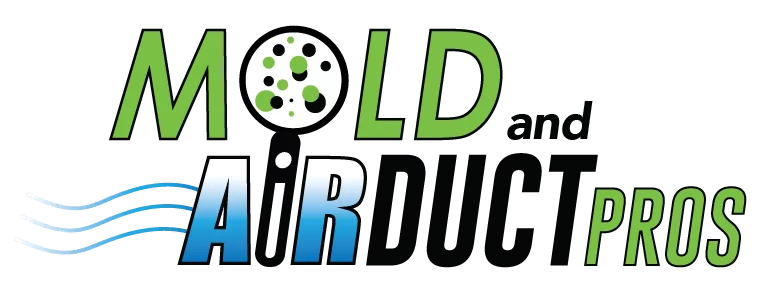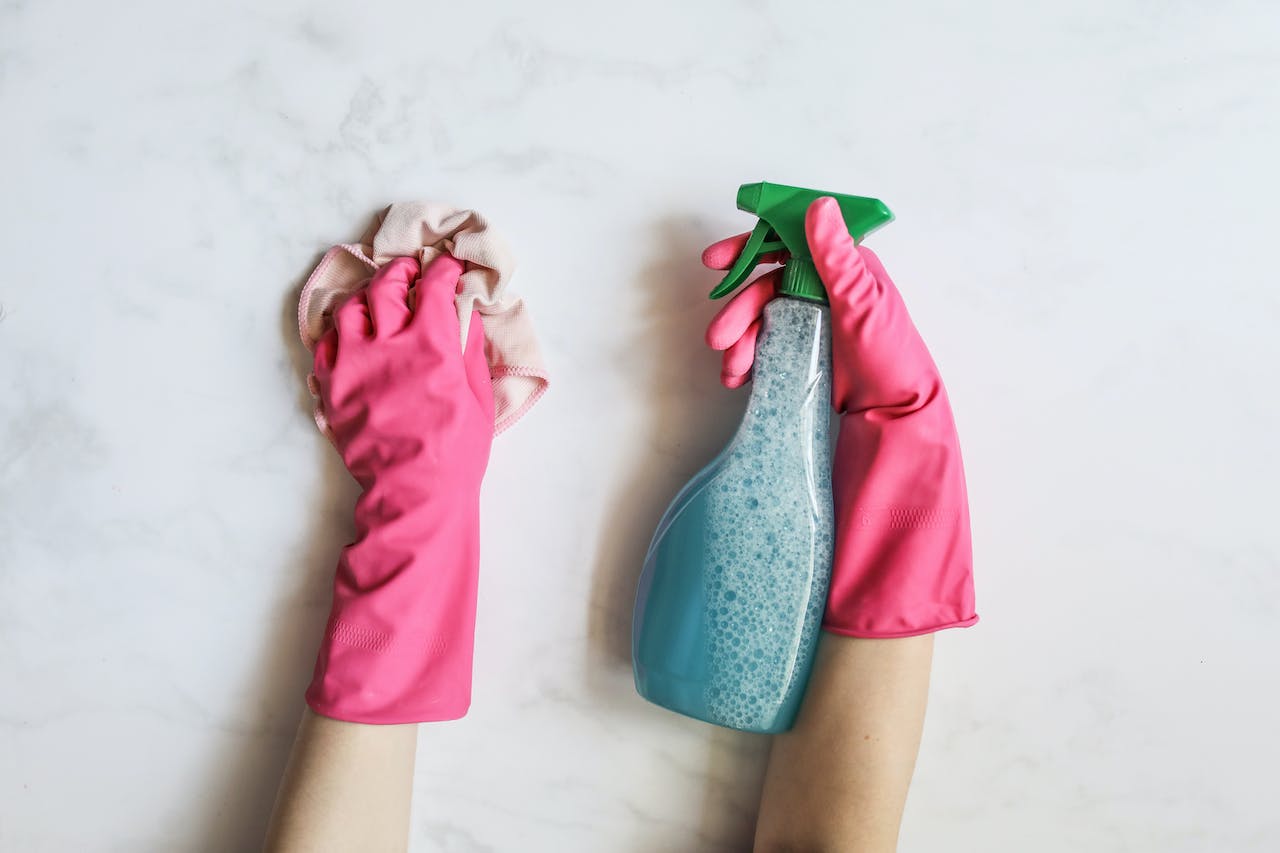Ever faced a stubborn mold problem and thought, “Maybe I can handle this myself?” DIY spirit is a wonderful thing! But when it comes to mold removal, there are many things that can go wrong. Mold isn’t just a cosmetic issue; it’s a potential health and safety hazard that requires careful handling. And it’s a very common houseguest in homes throughout Northeast Ohio.
In this guide, we’ll explore seven common pitfalls of DIY mold removal, shedding light on why it’s almost always better to leave this task to the professionals. So, before you don your makeshift hazmat suit, let’s navigate through the hazards of DIY mold removal together.
Table of Contents
The 7 Pitfalls of DIY Mold Removal
1. Lack of Proper Assessment
Homeowners almost always lack the expertise and tools needed for a thorough mold assessment. Mold can hide in unseen areas, making it challenging (and sometimes impossible) to get a good idea what you’re dealing with. Relying on DIY assessments may lead to serious oversights, which can allow mold to persist and spread.
Professionals, equipped with specialized training and technology, are able to conduct in-depth assessments. They use advanced equipment like moisture meters, infrared cameras, and hygrometers to find hidden mold sources. This technology also helps them to assess how serious the contamination is and come up with the best remediation strategy. A professional’s detailed evaluation makes sure that you will get a complete understanding of the mold issue, which lays the foundation for effective remediation.

2. Inadequate Protective Measures
DIY mold removal often ends badly because of inadequate protective measures. Mold exposure poses health risks, and without proper precautions, homeowners can unknowingly expose themselves to harmful substances. An appropriate level of protection is challenging for a homeowner to replicate without the right knowledge and equipment.
Professionals come equipped with specialized protective gear, including masks, gloves, and suits designed to minimize contact with mold and its contaminants. Their expertise makes sure that they know how to handle potential hazards during removal, keeping everybody involved safe.
Additionally, professionals use containment measures to keep mold spores from spreading during removal. If you are trying to do it yourself, you may accidentally release spores into the air, leading to cross-contamination in other areas of the home. The focus shouldn’t be on cleanup alone, but on minimizing risks throughout the whole process. Letting professionals handle these health and safety risks is the smart way to go. An expert approach to protection could end up saving your home and your family from serious risk.
3. Wrong Cleaning Products
Choosing the wrong cleaning products is a common pitfall in DIY mold removal. Not all cleaning agents work against mold, and some may even make it worse. Professionals understand the specific types of mold and the appropriate cleaning solutions needed to eradicate them. They use EPA-approved products specifically tailored for mold remediation, which ensures both efficiency and safety.
So, what about bleach? You may have heard that bleach can kill nearly any mold that it comes into contact with. And it’s true! So what’s the problem?
Bleach won’t come into contact with all of the mold on a porous surface. This is because bleach isn’t able to penetrate such surfaces, sop it only addresses mold on the outer layer. The chlorine in bleach, specifically sodium hypochlorite, is specifically designed not to penetrate, so it only surface cleans and fails to get at the roots of the mold. Even worse, mold “experts” often recommend diluting the bleach with water to get around this problem. But instead of being a solution, this creates more of a problem. The water in the mixture will nourish the mold!
Attempting mold removal with the wrong cleaning products, or even using the right products in the wrong way, can lead to incomplete removal. This allows mold to regrow. Professionals not only get rid of existing mold but also take preventive measures to stop future growth. Relying on their expertise ensures a thorough and safe cleaning process, reducing the risk of recurring mold issues.

4. Incomplete Mold Removal
DIY mold removal often falls short in completely getting rid of the problem. Homeowners may successfully tackle visible mold, but miss hidden growth in less accessible areas. Mold spores can spread into spaces behind walls, air ducts, or other concealed areas. This can mean continued structural damage and lingering health risks.
Experts carefully check for mold in every possible area to make sure that they remove it completely. With their knowledge and specialized equipment, they are able to handle both visible and hidden mold, making regrowth unlikely. They also make sure to remove mold all the way down to its roots, which can be difficult without the right equipment and skills. If any roots are left behind, spores will continue to grow and spread.
A qualified professional will be thorough in their approach. They will use advanced tools to detect mold in hard-to-reach places, and make sure to remove it completely. This protects your home and family for the short and the long term. Choosing to hire professionals increases your chances of achieving a mold-free environment, lessening health risks and the chances of recurring mold problems.
5. Lack of Containment Measures
When you attempt to DIY mold removal without the knowledge and equipment to contain the spores, you’re essentially opening the door for the mold to spread. Containment in mold removal involves creating a sealed environment around the affected area to prevent mold spores from spreading to other parts of your home.
Professionals use strict containment strategies, effectively cutting off the affected area from other parts of the house. This could include using physical barriers (like plastic sheeting,) negative air pressure, HEPA filtration, PPE, or a mix of these strategies to keep spores from spreading during the removal process.
By using these containment measures, professionals make sure that mold stays where it is during the removal process. This not only simplifies the task at hand but also lowers the chances of a more widespread issue. So, if the DIY route is tempting, remember that proper containment is key to preventing accidental mold migration.
6. Ignoring Underlying Issues
Ignoring underlying issues during mold removal is a common pitfall that can lead to recurring problems. Mold growth is often a symptom of an underlying issue, such as:
- Water Intrusion: Mold thrives in damp environments. If the source of water intrusion, such as leaks or flooding, is not addressed, mold is likely to return.
- Poor Ventilation: Inadequate ventilation can create conditions favorable to mold growth. Proper ventilation helps maintain dry conditions and prevents moisture buildup.
- Humidity Control: High humidity levels contribute to mold growth. Ignoring the need for humidity control allows mold to persist.
- Inadequate Insulation: Insufficient insulation can lead to condensation, providing a breeding ground for mold. Addressing insulation issues is crucial for preventing mold recurrence.
- Structural Problems: Mold can colonize areas with structural damage. Ignoring these underlying structural issues leaves the door open for mold to return.
Professionals not only remove existing mold but also assess and address the root causes. They conduct a complete inspection to identify the underlying issues, and then they recommend solutions to prevent mold from coming back. Ignoring these underlying problems can result in a cycle of stubborn mold growth, leading to additional headaches and expenses down the road.

7. Legal and Insurance Consequences
Neglecting to consider the legal and insurance consequences of DIY mold removal can lead to significant issues. Here’s why:
- Incomplete Documentation: Professionals document the entire mold remediation process thoroughly. DIY attempts may lack proper documentation, leading to complications when dealing with insurance claims or legal matters.
- Insurance Compliance: Many insurance policies require professional remediation for coverage. DIY efforts may not meet the insurer’s criteria, risking the denial of a claim.
- Regulatory Compliance: Local regulations and health codes often mandate professional mold removal. Failure to comply can result in legal repercussions and fines.
- Liability Concerns: If DIY mold removal causes further damage or health issues, you may be held liable. Professionals carry liability insurance, providing protection in case of accidents or unintended consequences.
- Home Sale Issues: Improperly addressed mold problems can create obstacles when selling a home. Potential buyers may request documentation of professional remediation for peace of mind.
Navigating the legal and insurance aspects of mold removal is complex. Professionals are familiar with compliance requirements and can help guide you through a smooth process— protecting against potential legal and insurance challenges. Attempting a DIY approach may save money in the short term, but it can lead to expensive complications in the long run.
Summing It Up
We’ve gone through the different ways that DIY mold removal can end badly. From incomplete removal to legal and insurance complications, the pitfalls are numerous. The knowledge and expertise of professionals is invaluable in a thorough and safe remediation process.
Mold & Air Duct Pros stands ready to address mold issues in the Cleveland area with precision, guaranteeing effective solutions. Don’t let mold problems linger or attempt a DIY fix that might make the situation worse. Contact us today for a free consultation and a comprehensive assessment.

